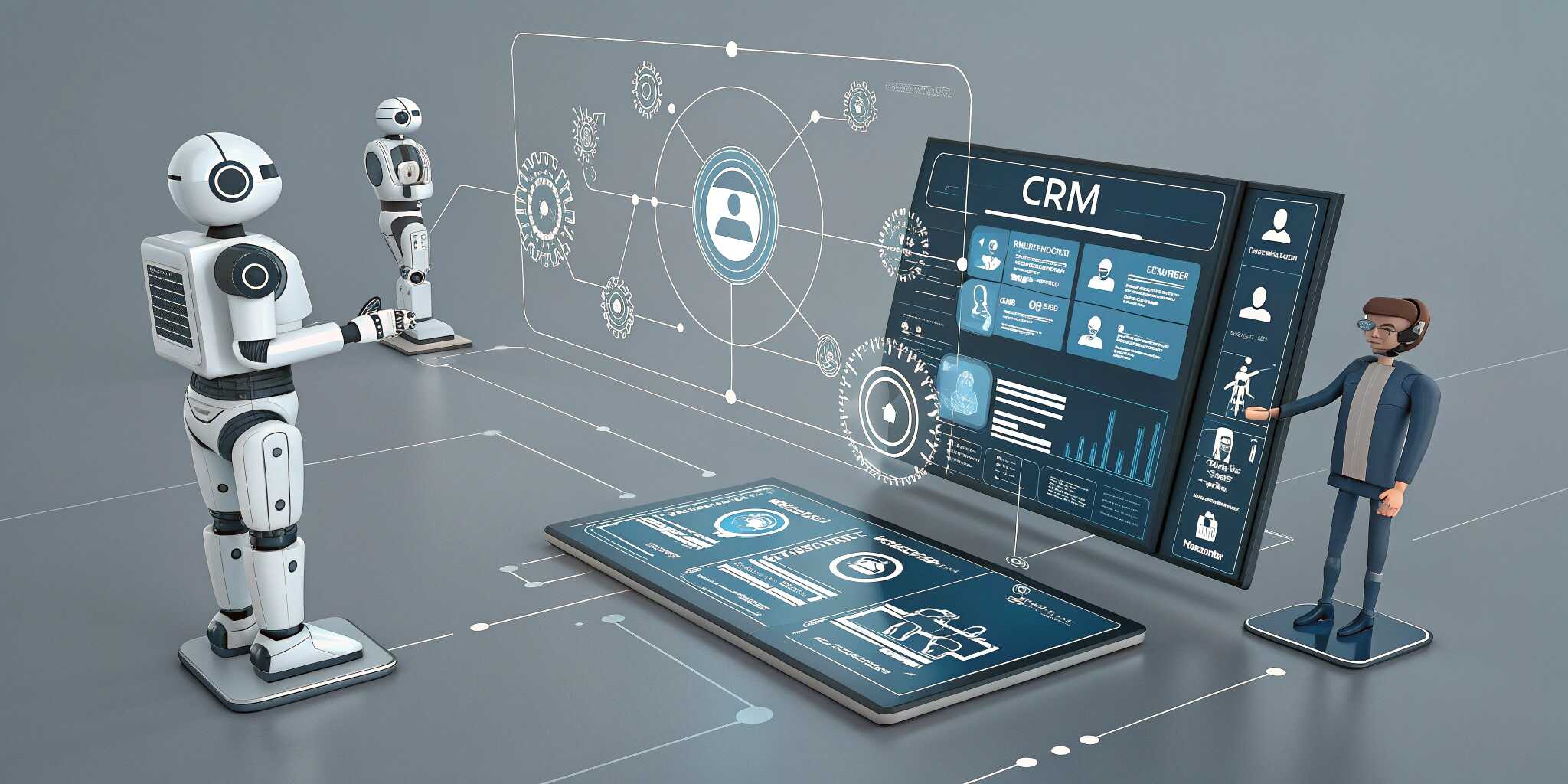In today’s fast-paced digital landscape, Client Relationship Management (CRM) has evolved far beyond storing contact details and tracking sales pipelines. With the rise of automation, businesses are transforming the way they manage, nurture, and retain clients. Automation in CRM is no longer a luxury—it’s a strategic necessity that enhances productivity, improves customer experience, and drives measurable growth.
1. What is CRM Automation?
CRM automation refers to the use of technology—particularly artificial intelligence (AI), machine learning, and workflow automation—to simplify and optimize repetitive tasks in customer management. It helps businesses handle everything from lead nurturing and email campaigns to client follow-ups and performance analytics, all without manual intervention.
With automation integrated into CRMs like HubSpot, Salesforce, and Zoho, organizations can focus on high-value interactions while letting technology handle routine processes.
2. Streamlining Communication and Engagement
One of the biggest challenges in client management is maintaining consistent communication. Automation bridges this gap effortlessly.
Automated emails, chatbots, and scheduling systems ensure that no lead or client is left unattended. Personalized responses can be triggered based on client behavior—such as website visits, downloads, or inquiry forms—creating timely and relevant engagement.
For instance, an automated welcome email followed by tailored follow-ups based on client activity can significantly boost engagement and conversion rates.
3. Data-Driven Insights and Decision Making
Automation brings a new level of intelligence to CRM systems. It continuously collects, organizes, and analyzes client data, providing valuable insights into buying patterns, preferences, and satisfaction levels.
Predictive analytics powered by AI can forecast customer needs and recommend actions for better retention. For example, if a client hasn’t interacted in a while, the system can automatically alert the sales team to reach out or trigger a re-engagement campaign.
This level of insight allows businesses to make informed decisions, ensuring personalized strategies that resonate with each client.
4. Enhancing Sales and Marketing Efficiency
Sales and marketing teams often spend hours on repetitive administrative work—logging interactions, sending follow-ups, and managing pipelines. Automation eliminates these manual tasks.
Sales automation tools can automatically update records, assign leads, and schedule reminders. Marketing automation, on the other hand, helps create drip campaigns that nurture leads over time without constant human input.
The result? Teams spend less time managing data and more time building meaningful relationships with clients.
5. Improving Customer Retention and Experience
Client retention is one of the most critical aspects of long-term success. Automation ensures that every client receives timely updates, reminders, and support.
For example, automated surveys and feedback forms can help measure satisfaction and identify areas for improvement. Chatbots provide 24/7 assistance, ensuring that clients always receive support, even outside of business hours.
These automated touchpoints foster stronger client relationships by showing reliability, attentiveness, and care—key ingredients of loyalty.
6. Integration and Scalability
Modern businesses use multiple platforms for communication, sales, and analytics. CRM automation enables seamless integration across tools like Slack, Gmail, and social media. This interconnected system ensures that all teams—sales, marketing, and customer support—work with consistent data.
Moreover, as a company grows, automation scales effortlessly. It can handle thousands of leads, clients, and tasks simultaneously without compromising quality or response time.
7. The Human Touch Still Matters
While automation enhances efficiency, it’s essential not to lose the human element. Clients still value authentic communication and personalized experiences. Automation should be used to support—not replace—human interaction.
The ideal approach combines technology’s precision with the empathy and creativity of human professionals.
Conclusion
Automation is revolutionizing Client Relationship Management by simplifying processes, improving communication, and enabling smarter decision-making. Businesses that adopt automated CRM systems not only save time and resources but also create stronger, more meaningful client connections.
In the digital age, where customer expectations are higher than ever, automation is not just an upgrade—it’s the foundation of future-ready relationship management.


